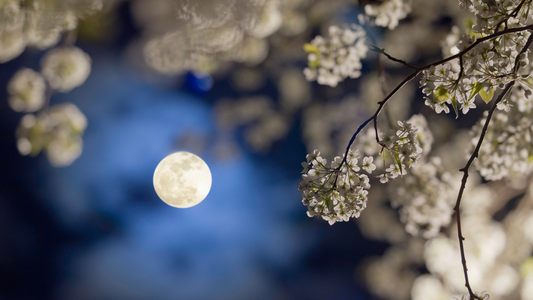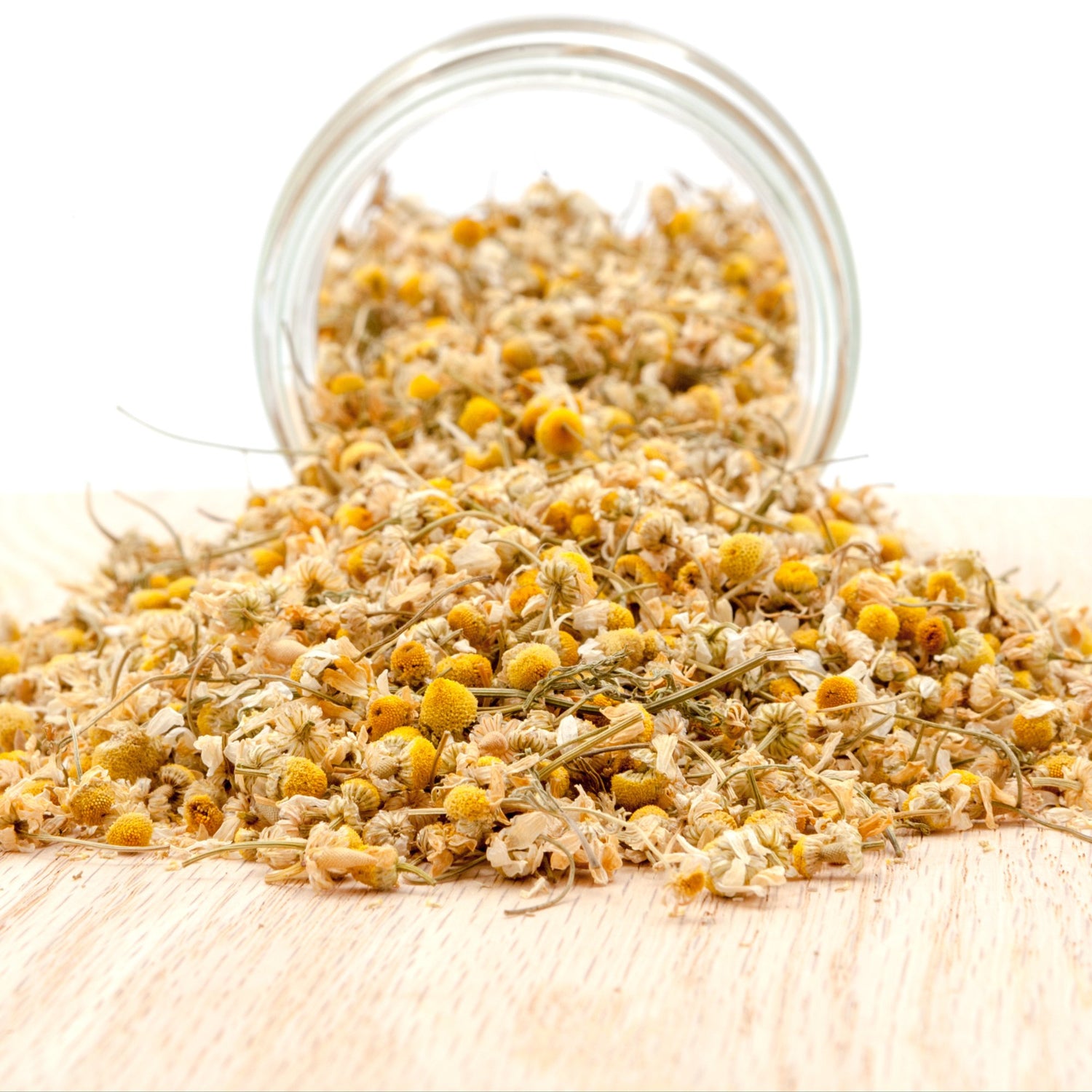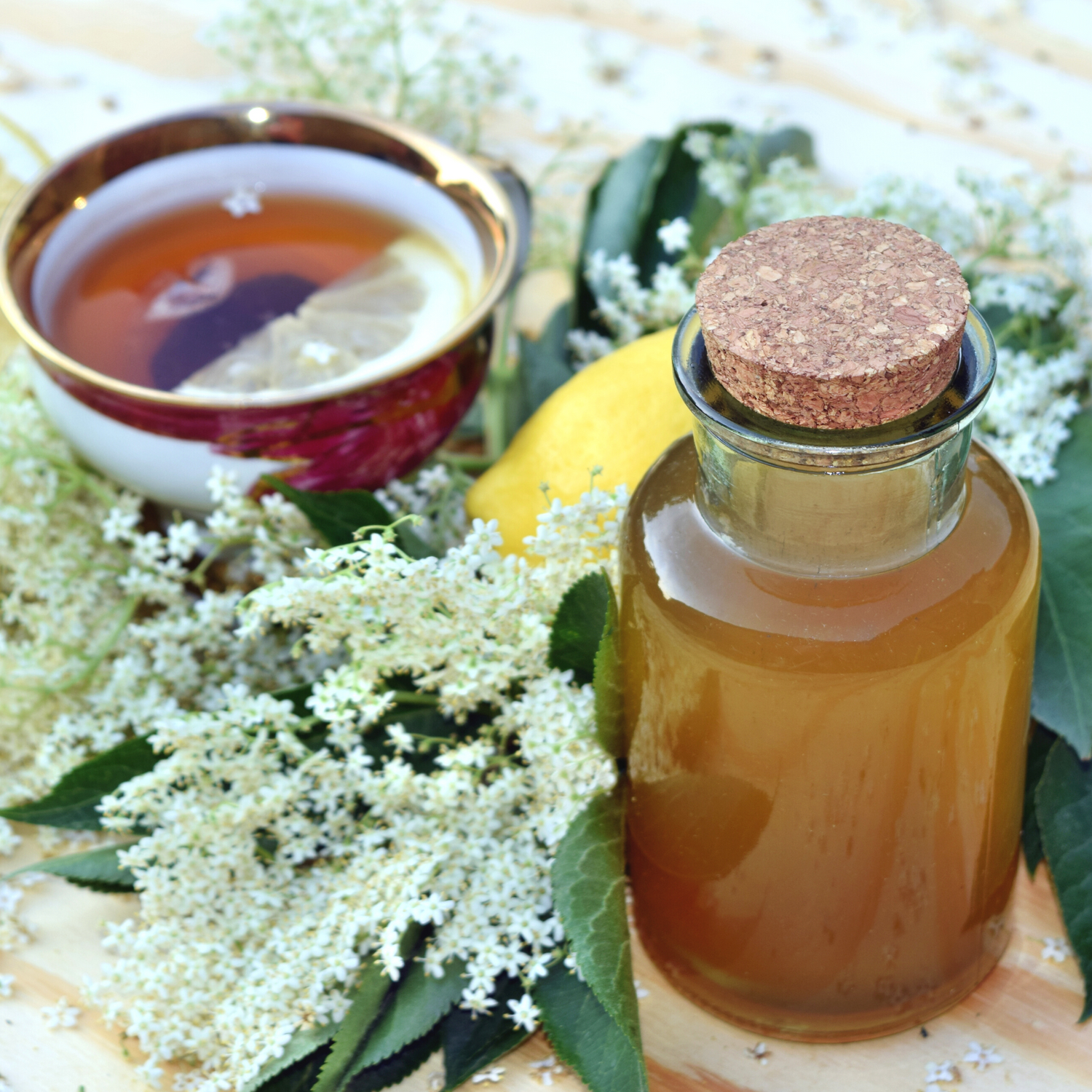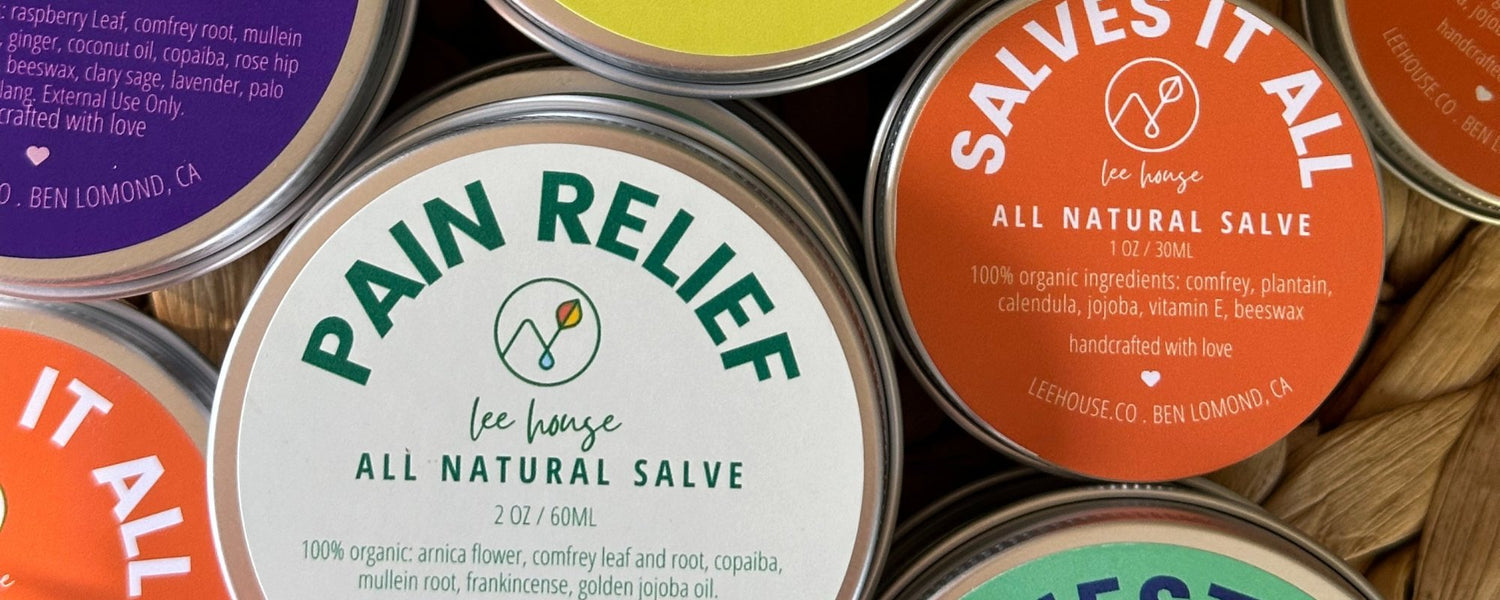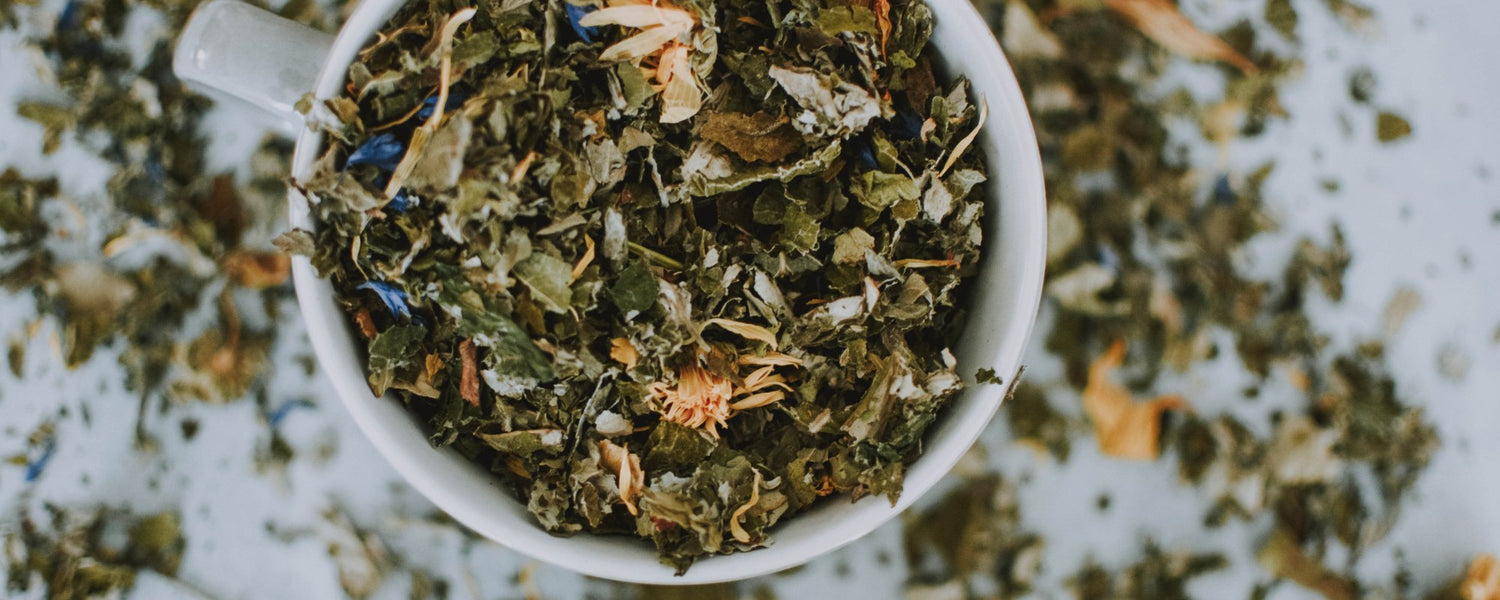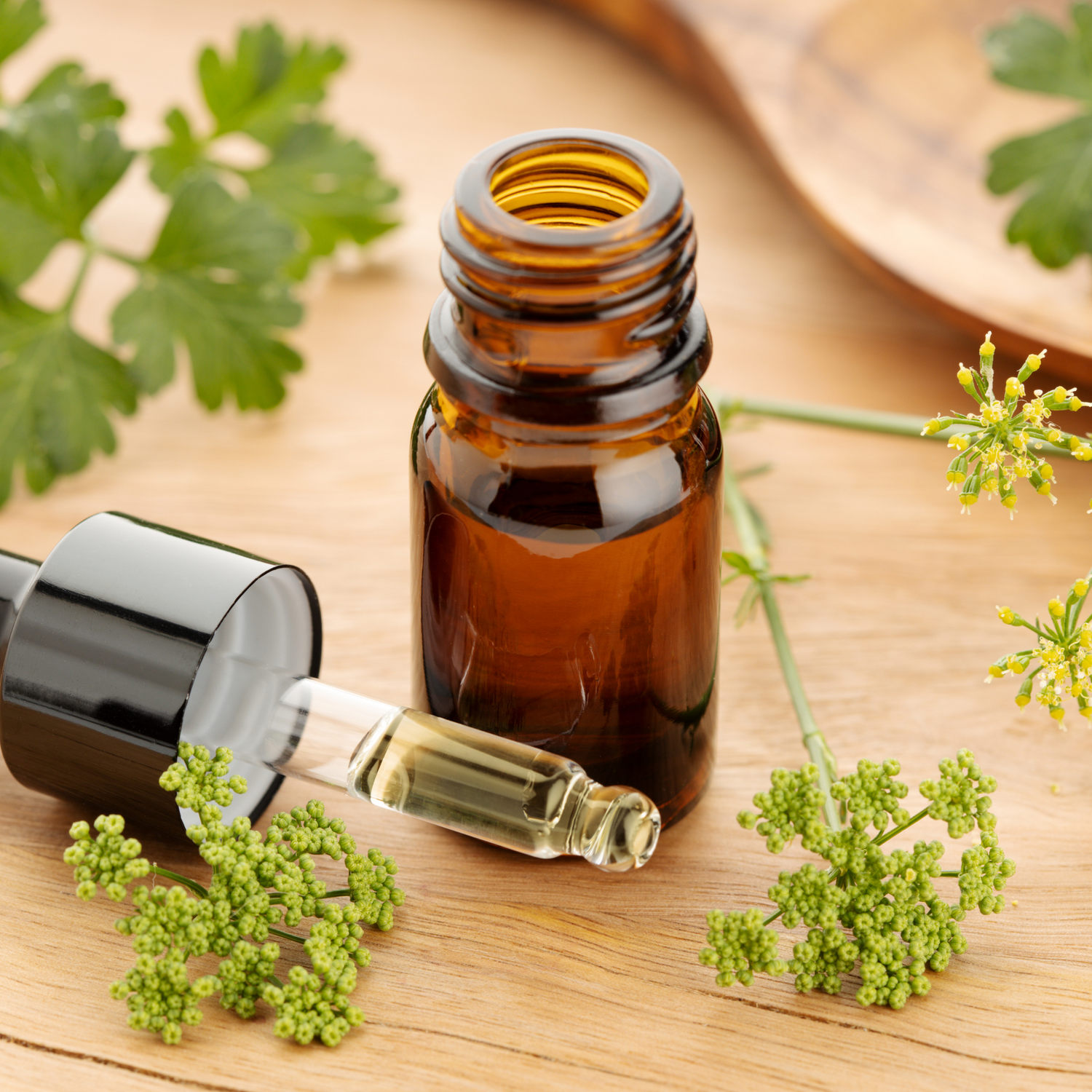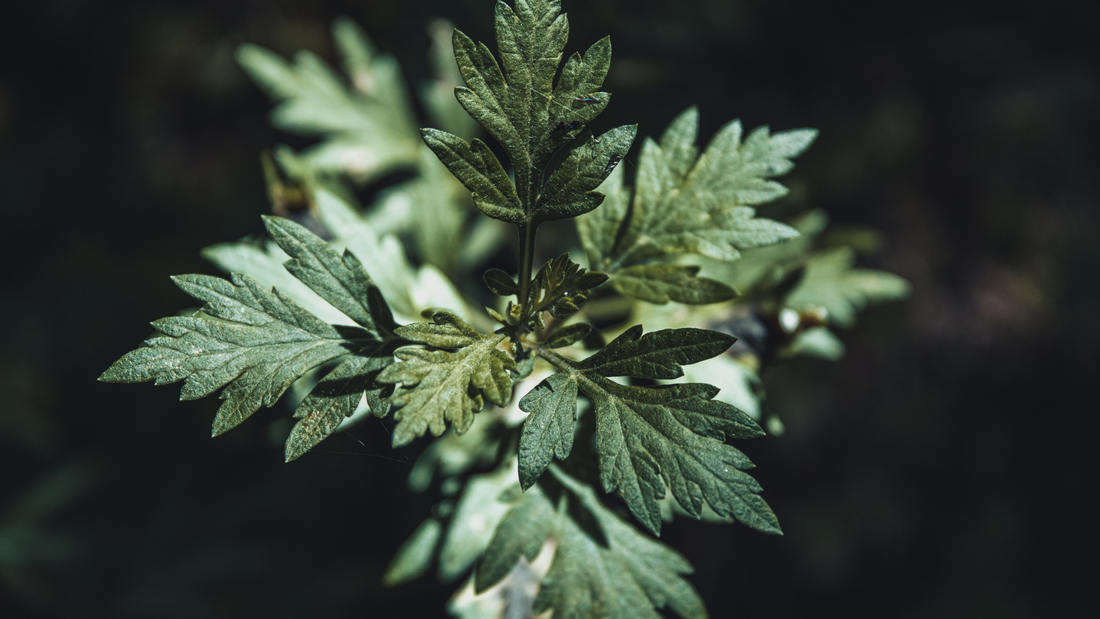
Mugwort: How to Grow, Care for, and Use the Dream Plant
Share
Mugwort (Artemisia vulgaris) is, in my opinion, one of the most captivating herbs you can grow. Ruled by both the Moon and Venus, Mugwort is the botanical embodiment of the divine feminine. The High Priestess - Mugwort has an irresistible musky sweet scent and a mysterious silvery sheen reminiscent of moonlight on water. Mugwort helps us get into flow - physically and spiritually. It supports our body's natural ability to cleanse and purify our physical and emotional systems, as well as our physical spaces - while opening up the crown and third eye chakras so we can better connect to our subconscious in the dream state. It’s a witch’s herb, a spiritual teacher, and healer’s helping hand.
Mugwort is referenced in Chinese poems dating as far back as 3 B.C. Its use among the ancient Romans, who planted it along roadsides for weary soldiers to alleviate foot pain, is evident today in the thriving Mugwort patches you'll find along the roadsides of Europe and ancient Roman territories. One of the nine sacred herbs of the Anglo Saxons, Mugwort was often called “power root” and was used medicinally as well as in ritual. Mugwort is enchanting and alluring, and that’s why we’ve put together this little guide on how to successfully cultivate, care for, and connect with Mugwort.
Mugwort Growing Facts
- USDA Growing Zone: Mugwort thrives in USDA growing zones 3-9.
- Soil pH: Mugwort prefers slightly acidic to neutral soil with a pH range of 6.0 to 7.0.
- - Sunlight: Mugwort thrives in full sun to partial shade and benefits from receiving 4 to 6 hours of direct sunlight.
- Frost Tolerant: Established Mugwort plants can withstand temperatures as low as 25°F (-4°C).
- Soil Requirements: Mugwort is adaptable to various soil types but prefers well-draining soil. While it can grow in poor or sandy soils, it thrives in loamy soil enriched with organic matter.
- Spacing: Provide sufficient spacing between Mugwort plants, approximately 18 to 24 inches apart, to allow for proper airflow and growth.
- Mature Height: Mugwort plants typically reach a mature height of 2 to 4 feet, depending on growing conditions and the specific cultivar. The stems are tall and erect, with foliage extending along them.
- Propagation: Mugwort can be propagated from seeds, divisions, or root cuttings. It's important to note that Mugwort can be invasive, so consider planting it in contained areas or regularly managing its growth.
Mugwort Herbal Actions
- Anthelmintic: expels parasitic worms and other internal parasites without harming the host.
- Diaphoretic: induces perspiration.
- Diuretic: promotes urine production.
- Emmenagogue: stimulates blood flow in the pelvic area and uterus; some stimulate menstruation.
- Nervine: benefits the nervous system, acting as both a stimulant and tonic nervine.
- Oneirogen: enhances dreaming.
- Stomachic: promotes the appetite or aids digestion.
Mugwort's medicinal energetics are described as bitter, acrid, and warm. While it can offer various health benefits, it's important to exercise caution and consult with a qualified herbalist or healthcare professional before using Mugwort for any medicinal purposes. They can provide personalized guidance, dosage recommendations, and help ensure its compatibility with your specific health needs.
Spiritual and Esoteric Associations of Mugwort
Element: Mugwort is connected with the elements of both Earth and Air. It embodies the grounding, stability, and practicality of Earth, while also possessing aromatic qualities reminiscent of the ethereal Air.
Planets: Mugwort aligns with the Moon and Venus, infusing it with hidden mysteries and the allure of the divine feminine.
Zodiac: The zodiac sign Cancer is associated with Mugwort, emphasizing its lunar qualities and enhancing its influence on emotional healing, intuition, and nurturing energies.
Chakras: Mugwort resonates with the Third Eye Chakra (Ajna) and the Crown Chakra (Sahasrara). It stimulates and balances these energy centers, promoting clarity of thought, spiritual insight, and expanded consciousness.
Energy: Mugwort carries a harmonizing and balancing energy. It possesses a gentle yet potent presence that invites a deeper connection with the spiritual realm.
Magical Properties: Mugwort is cherished for its magical properties, making it a valuable tool in divination, dreamwork, and astral projection. It is believed to heighten psychic abilities, enhance intuitive insights, and provide protection during spiritual practices. Mugwort is also associated with promoting love, fertility, and prosperity.

Growing and Caring for Mugwort
Mugwort belongs to the Artemisia family, which encompasses a diverse group of aromatic plants. This resilient perennial herb features deeply lobed, silvery-green leaves and clusters of small, inconspicuous flowers. Its distinctive fragrance, reminiscent of sage and camphor, adds a delightful sensory element to any garden.
To cultivate Mugwort successfully, consider the following:
- Planting: Mugwort can be grown in various settings, including gardens, pots, and indoor planters. Choose a location that provides well-drained soil and full to partial sunlight. Prepare the planting area by removing weeds or debris and incorporating compost or organic matter to improve soil fertility and structure.
- Watering: While Mugwort is drought-tolerant, it still requires regular watering, especially during hot and dry periods. Ensure the soil is consistently moist but not waterlogged. Avoid overwatering, as Mugwort prefers slightly drier conditions.
- Maintenance: Mugwort is a relatively low-maintenance plant once established. Prune the plant occasionally to maintain its shape and prevent it from becoming invasive. Remove any dead or damaged foliage to promote healthy growth. Consider mulching around the plants to help retain moisture and suppress weed growth.
- Harvesting: Mugwort can be harvested for its leaves and flowers. For culinary or medicinal purposes, harvest the leaves when they are young and tender. The highest concentration of active compounds is often found just before the plant flowers. Snip the leaves using clean, sharp scissors or pruners, ensuring not to remove more than one-third of the plant at a time. Harvest the flower clusters when they are in full bloom.
Medicinal Uses of Mugwort
- Digestive Support: Mugwort has been traditionally used to aid in digestive discomfort. It may help alleviate symptoms such as indigestion, bloating, and stomach cramps. Consider preparing a soothing cup of Mugwort tea after meals to promote healthy digestion and ease gastrointestinal discomfort.
- Menstrual Support: Mugwort is celebrated for its potential benefits in supporting menstrual health. It has been used to regulate menstrual cycles, relieve cramps, and other menstrual pain. Infusing Mugwort leaves into a warm compress and applying it to the lower abdomen can offer soothing relief during menstruation (which is exactly why we use mugwort in our Triple Moon Salve).
- Stress Relief and Relaxation: Mugwort possesses calming properties that can aid in stress reduction and relaxation. Brewing a cup of Mugwort tea and taking a moment to indulge in its soothing aroma can help create a sense of tranquility and promote overall well-being. Use this opportunity to practice mindfulness or engage in a peaceful meditation session.
- Skin Care: Mugwort contains compounds that offer potential benefits for the skin. It may help soothe irritations, reduce inflammation, and promote healthy skin. Preparing a Mugwort-infused oil or creating a homemade skin toner using Mugwort can be a natural addition to your skincare routine. Perform a patch test and discontinue use if any adverse reactions occur.
- Respiratory Health: Mugwort has been utilized to support respiratory wellness. Inhaling the steam from a Mugwort-infused herbal steam can potentially provide relief for congestion and respiratory discomfort. Mugwort is often incorporated into traditional herbal remedies for coughs and colds.

Magical and Esoteric Applications
Mugwort holds a special place in the realm of magic and esoteric practices. It has been revered as a potent herb for spiritual rituals, divination, and protection. Mugwort's energy aligns with the Moon and Venus, enhancing intuition and psychic sensitivity. Here are some magical uses of Mugwort to explore:
- Dreamwork and Enhancing Psychic Abilities: Mugwort is known as the Dream Herb and is associated with promoting vivid dreams, lucid dreaming, and astral projection. Placing Mugwort leaves under the pillow or using them in dream sachets can intensify dream experiences and enhance intuitive abilities. Incorporate Mugwort into your bedtime rituals for deeper insights into your subconscious.
- Ritual Cleansing and Purification: Mugwort has purifying and protective energy, perfect for smudging and ritualistic cleansing. Burn dried Mugwort leaves to clear negative energies from spaces, objects, or oneself. As the smoke wafts through the air, envision it dispelling any stagnant or harmful energy, allowing for renewed vitality and clarity. Mugwort-infused baths are an especially powerful cleansing ritual. Add dried Mugwort leaves or a few drops of Mugwort essential oil to your bathwater to purify your aura, release stagnant energy, and invoke deep spiritual cleansing. As you immerse yourself in the warm water, envision Mugwort's energy enveloping you, washing away negativity, and promoting inner harmony.
- Divination and Psychic Work: Mugwort is renowned for its ability to enhance divination practices and psychic work. Incorporate Mugwort into your tarot readings, scrying sessions, or other forms of divination to deepen your intuitive insights and connection to the spiritual realm. Prepare a sacred potion by brewing Mugwort tea and using it as a ceremonial elixir before engaging in your chosen divinatory methods.
- Protection and Warding: Mugwort is considered a potent protective herb. Carry a small pouch of dried Mugwort leaves or create a protective charm using its stems and flowers. Hang it near doorways, windows, or sacred spaces to ward off negative energies and unwanted influences. Planting Mugwort near your property lines or by your doors can create a botanical fence of protection. Integrate Mugwort into your rituals of energetic protection to create a shield of positive energy around you. Set the intention that any negative energy is instantly transmuted into enhanced intuition and connection with your higher self.
When working with Mugwort or any herb for magical purposes, approach it with respect, intention, and mindfulness. Allow your intuition to guide you as you explore the mystical and enchanting qualities of Mugwort in your personal spiritual journey.
One of the things I love about herbalism is the similarities between physical and etheric effects of herbs - and Mugwort is a perfect example. Mugwort helps us get into the flow - removing blockages and protecting our systems from harm so we can go deeper into healing. Growing mugwort creates a bond, a connection to the plant and its healing properties - even if you are not inclined to ingest Mugwort, simply growing this magical healing herb and and observing it's traits, how it glows like moonlight, it's musky yet floral scent, its soft fuzzy leaves will take you on journey into the magical and medicinal realm of Mugwort.
With love,
Leslie @leehouse
References
-
Gladstar, R. (2012). Medicinal Herbs: A Beginner's Guide. North Adams, MA: Storey Publishing.
-
Hoffmann, D. (2003). Medical Herbalism: The Science and Practice of Herbal Medicine. Rochester, VT: Healing Arts Press.
-
Tierra, L. (2003). The Herbs of Life: Health and Healing Using Western and Chinese Techniques. Twin Lakes, WI: Lotus Press.
-
Wood, M. (2008). The Earthwise Herbal: A Complete Guide to Old World Medicinal Plants. Berkeley, CA: North Atlantic Books.
-
Grieve, M. (1971). A Modern Herbal. New York, NY: Dover Publications.
-
Chevallier, A. (2001). The Encyclopedia of Medicinal Plants. New York, NY: DK Publishing.
-
Duke, J. A. (2002). Handbook of Medicinal Herbs. Boca Raton, FL: CRC Press.
-
McGary, C. (2018). The Complete Illustrated Encyclopedia of Magical Plants, Revised Edition. Woodbury, MN: Llewellyn Publications.
-
Cunningham, S. (2005). Cunningham's Encyclopedia of Magical Herbs. Woodbury, MN: Llewellyn Publications.
-
Culpeper, N. (1983). Culpeper's Complete Herbal. London, UK: Wordsworth Editions.


